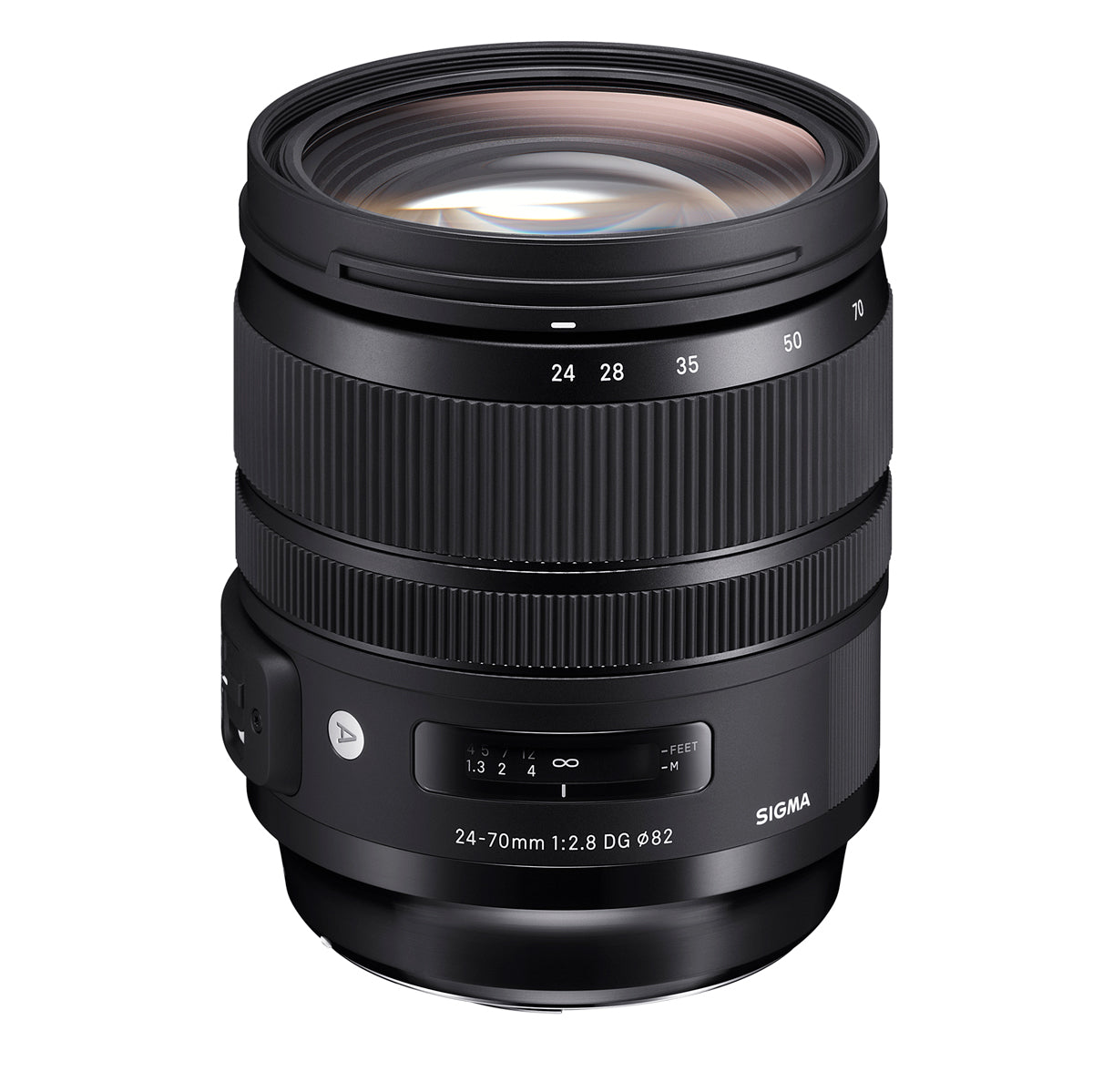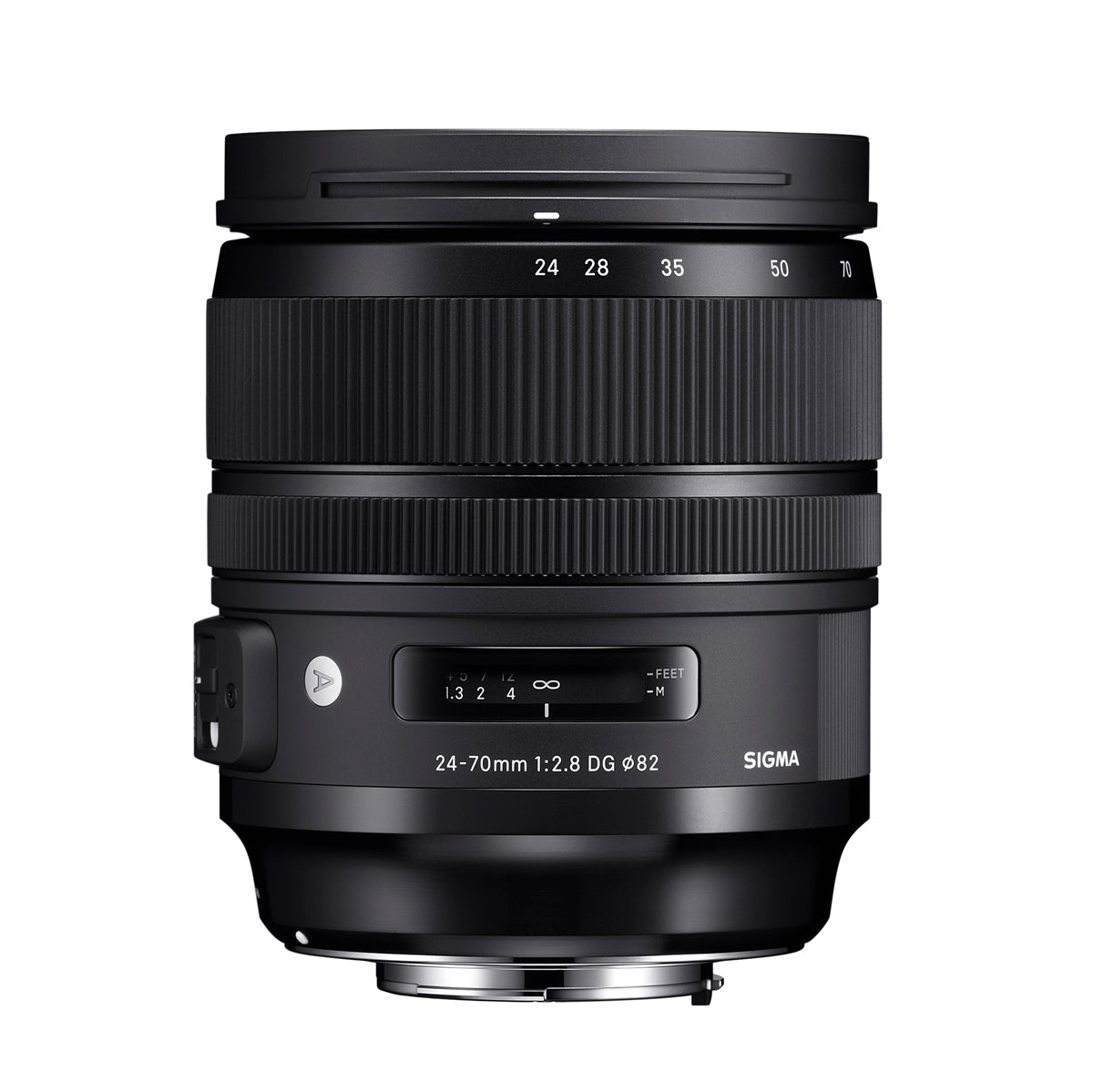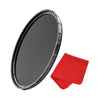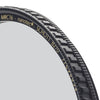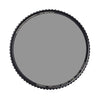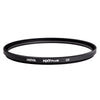- The large-diameter standard zoom ideal for today’s ultra-high-megapixel digital cameras
- OS and other features for success on any shoot
-
24-70mm f/2.8 DG OS HSM ART Lens for Nikon
-
LCF-82 III 82mm Lens Cap
-
LCR II Rear Lens Cap for Nikon F
-
LH876-04 Lens Hood for 24-70 f/2.8 Art DG OS HSM Lens
-
Soft Padded Lens Case for AF 24-70mm f/2.8 DG OS HSM Art Lens
-
Limited 1-Year Warranty (Extendable to 4-Years)
Description
The Sigma 24-70mm F2.8 DG HSM OS Art is a premium workhorse zoom lens designed for the latest high megapixel DSLRs. A constant aperture of 2.8 through the zoom range makes this a highly versatile tool and a brand new Optical Stabilization (OS) system helps compensate for camera shake. Though a common focal length, the Sigma 24-70mm Art brings a new level of usability and durability featuring a rugged metal barrel and an emphasis on image quality. Building off the experience from the 12-24mm Art, the aspherical elements used in the 24-70mm F2.8 OS Art undergo a highly precise level of polishing, producing elements thicker in the center than on the edges. This process creates stunning image quality and beautiful circular bokeh. Like each and every Global Vision Lens, the Sigma 24-70mm F2.8 DG HSM OS Art is handcrafted at our single factory in Aizu, Japan and undergoes individual evaluation before leaving Sigma’s facility.
Outstanding optical performance
Three SLD glass lens elements and four aspherical lens elements help minimize optical aberrations. To ensure outstanding image quality from the center to the edges of the photograph, the optical system minimizes coma, which causes points of light to streak, and transverse chromatic aberration, which cannot be corrected by adjusting the aperture. The optical system also minimizes distortion, which can be particularly evident in wide-angle shots, resulting in excellent optical performance throughout the zoom range.
Bokeh that is a cut above
At wide-open aperture, this lens offers outstanding photographic expression. The area in focus is extremely sharp, while the background exhibits a beautiful bokeh effect with only slight spherical aberration. Since large-diameter zoom lenses are often used at wide-open aperture, SIGMA has paid close attention to the shape of the bokeh, aiming for perfect circularity.

Exclusive low-dispersion glass
The degree to which light is refracted by glass depends on the light's wavelength. This fact causes different colors of light to focus at slightly different points. The result is chromatic aberration, the color fringing that is particularly noticeable in telephoto lenses. Most chromatic aberration can be removed by combining a high-refractivity convex lens element with a low-refractivity concave element. Yet residual chromatic aberration known as “secondary spectrum” may still remain. To minimize this secondary spectrum, which can be a serious issue with conventional lenses, SIGMA lenses feature up to three types of exclusive low-dispersion glass offering superior performance: ELD (Extraordinary Low Dispersion), SLD (Special Low Dispersion) and FLD (“F” Low Dispersion). In particular, FLD glass offers ultra-low dispersion in combination with high transmittance and the anomalous dispersion characteristics of fluorite. Meticulous deployment of these types of exclusive low-dispersion glass and optimization of power distribution gives SIGMA lenses superlative image rendition undiminished by residual chromatic aberration.
Vignetting


Designed to minimize flare and ghosting
From the start of the design process, SIGMA measured flare and ghosting to establish an optical design that is resistant to strong incidental light sources such as backlight. At the prototyping stage, SIGMA used not only simulations but actual photographic experiments to assess flare and ghosting under multiple criteria, identify the causes of these issues under a wide range of situations, and take measures to mitigate them. In addition, SIGMA’s Super Multi-Layer Coating helps further reduce flare and ghosting and provide sharp, high-contrast images even in backlit conditions.
Newly designed HSM for fast AF performance
The newly designed hypersonic motor (HSM) offers 1.3 times the torque of its predecessor. Even at low speeds, it offers exceptionally stable performance.
Mount with dust- and splash-proof design
Since the area of the lens most vulnerable to dust and other foreign bodies is the mount, rubber sealing* helps provide peace of mind. In addition, the front lens element features a water- and oil-repellant coating that helps the lens perform well in the rain, near water, and in other challenging conditions. (* Except for SIGMA mount)
SIGMA USB DOCK makes customization and flexible adjustment possible
With the optional SIGMA USB DOCK, you can update your lens firmware and adjust the focus position and other settings. Simply connect the lens to the SIGMA USB DOCK and the dock to a computer to use the dedicated SIGMA Optimization Pro software and perform various types of customization and adjustment.
46-megapixel Foveon direct image sensor
The 46 effective megapixel (4,800 × 3,200 × 3 layers) and 44 recording megapixel (4,704 × 3,136 × 3 layers) 23.5 × 15.7mm APS-C X3 direct image sensor captures all primary RGB colors at each and every pixel location, ensuring the capture of full and complete color. Using three silicon-embedded layers of photo detectors, stacked vertically to take advantage of silicon's ability to absorb red, green and blue light at different respective depths, it efficiently reproduces color more accurately, and offers sharper resolution, pixel for pixel, than any conventional image sensor. Since color moiré is not generated, the use of a low-pass filter is not required, meaning light and color, generated by the 46-megapixel APS-C X3 direct image sensor is captured with a three-dimensional feel.
| Lens | |
|---|---|
| Lens Format | Full Frame |
| Lens Mount | Nikon F Mount |
| Focal Length | 24 to 70mm |
| Maximum Aperture | f/2.8 |
| Minimum Aperture | f/22 |
| Focus Type | Autofocus, Manual |
| Image Stabilization | Yes |
| Filter Size | 82mm |
| Minimum Focus Distance | 1.21' / 37 cm |
| Maximum Magnification Ratio | 0.21x |
| Diaphragm | 9, Rounded |
| Lens Construction | 19 Elements in 14 Groups |
| Angle of View | 84.1° to 34.3° |
| Physical | |
|---|---|
| Dimensions (Ø x L) | 3.46 x 4.24" / 88 x 107.6 mm |
| Weight | 2.24 lb / 1020 g |

